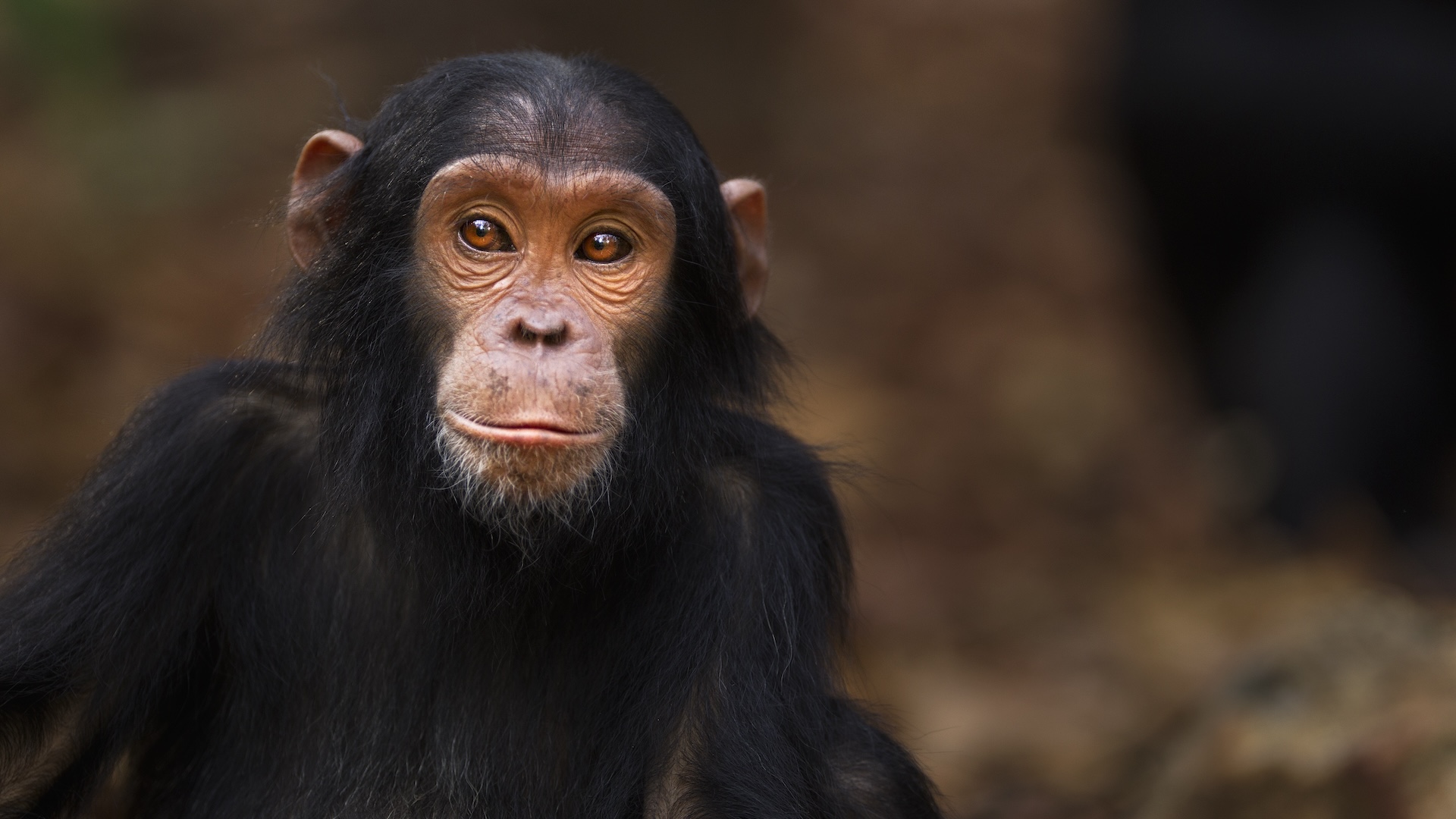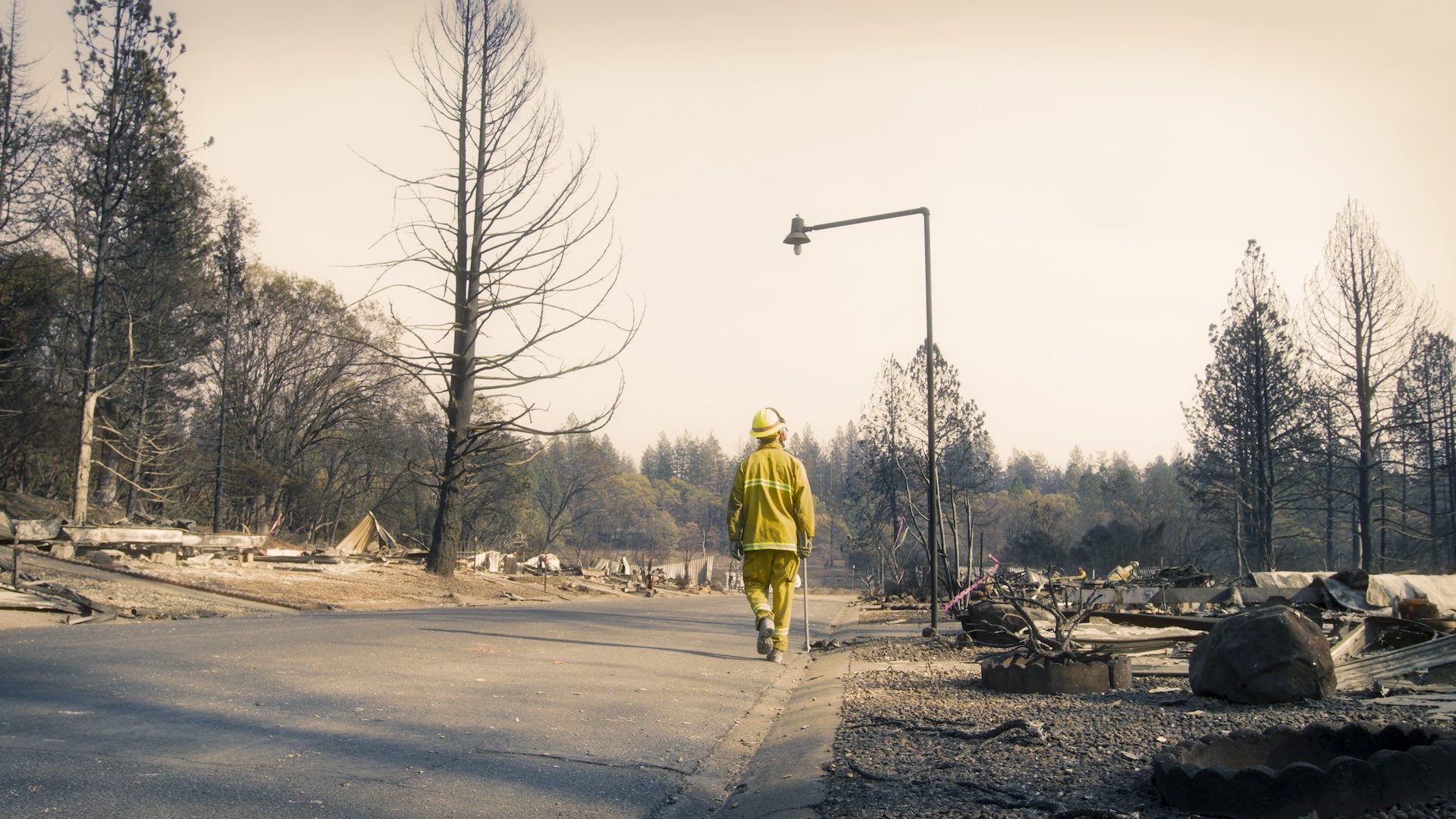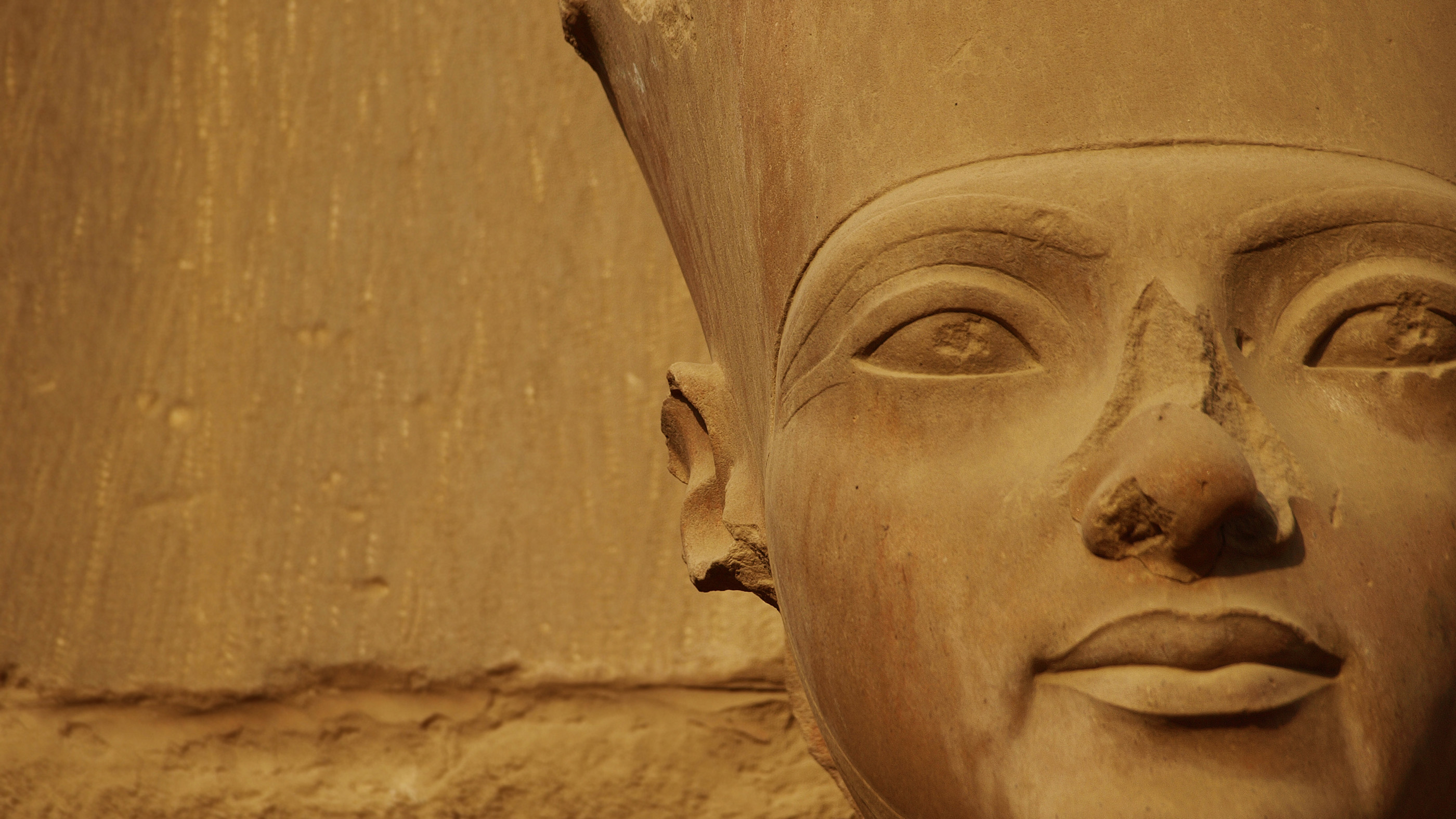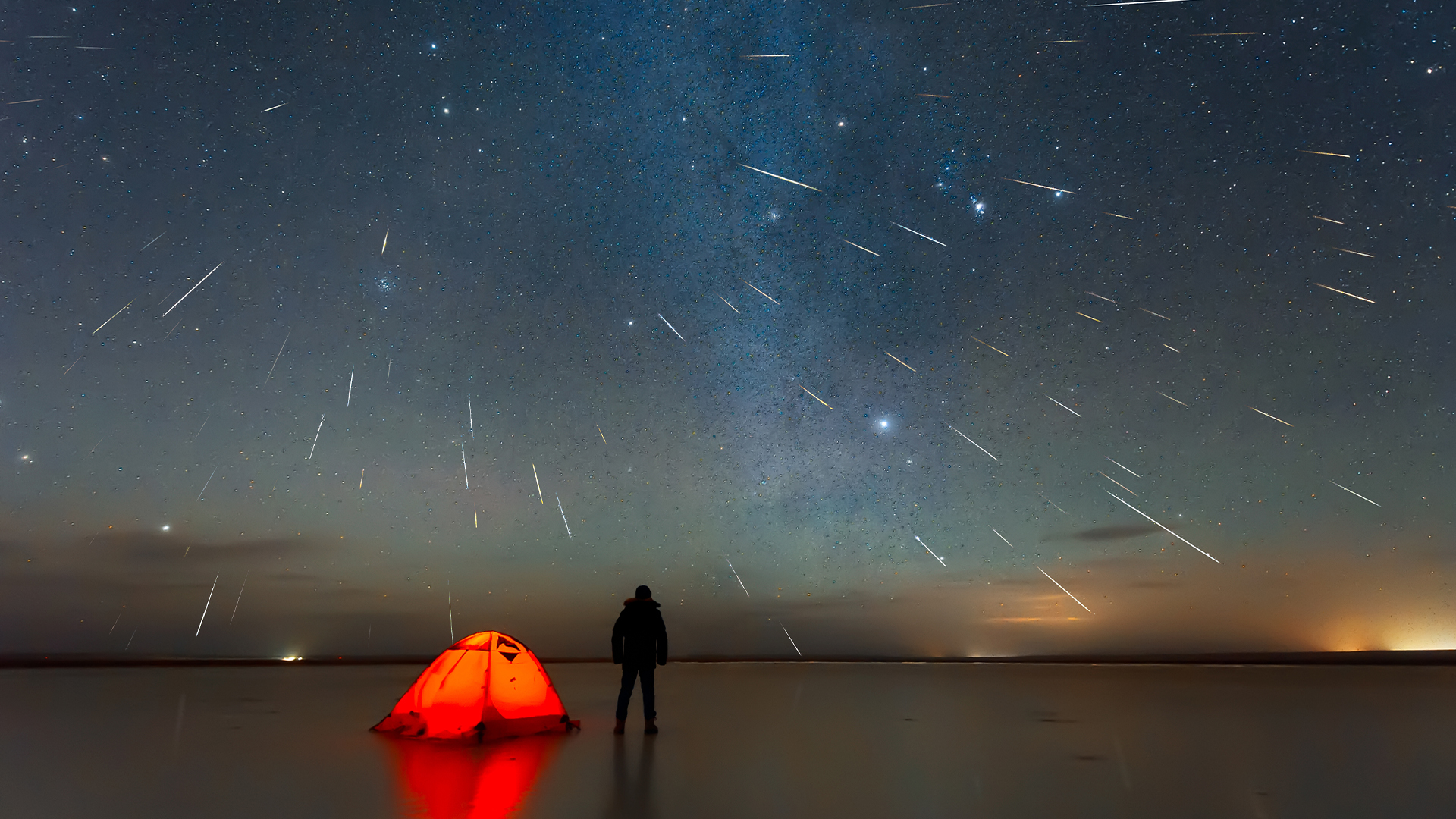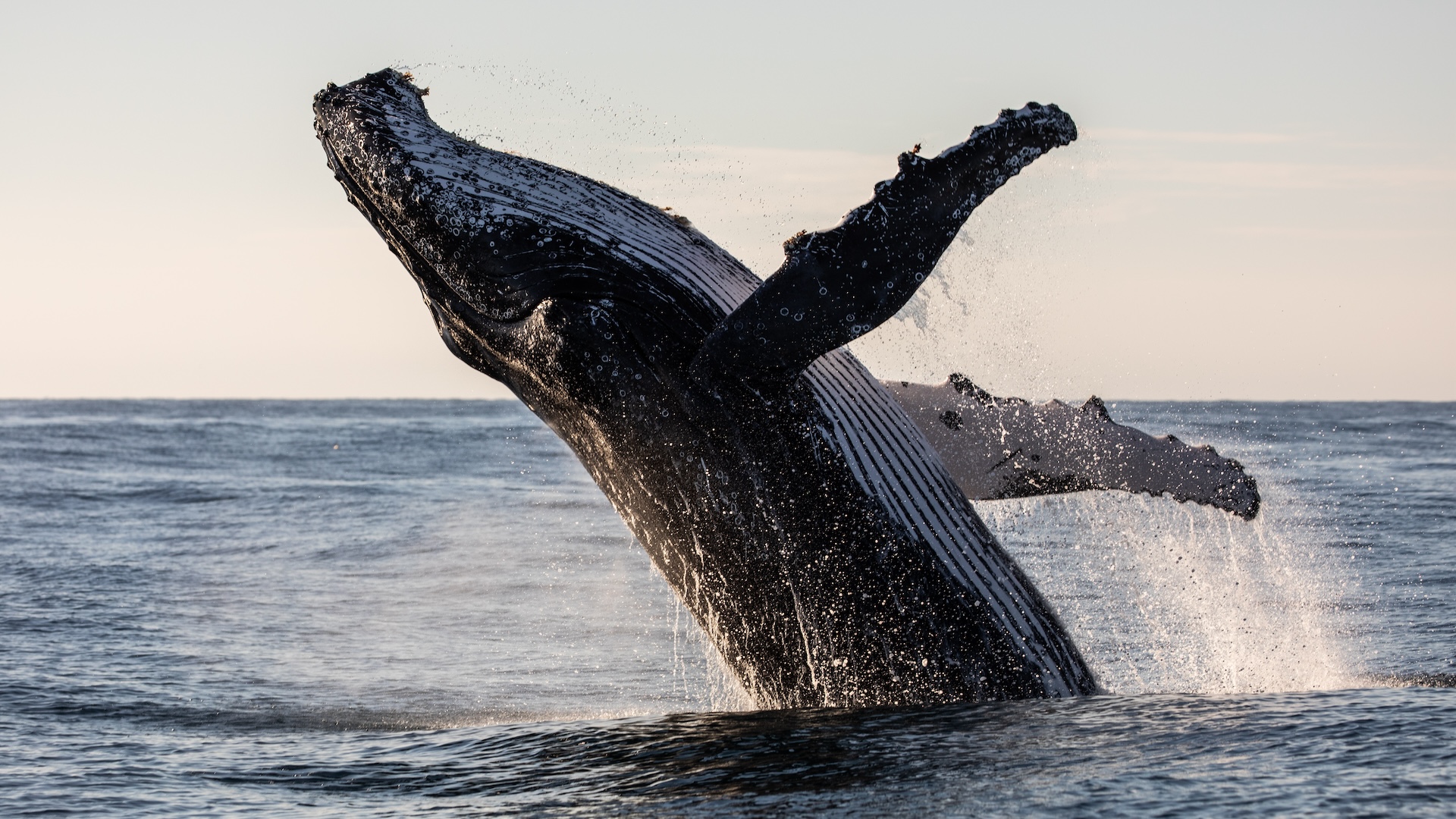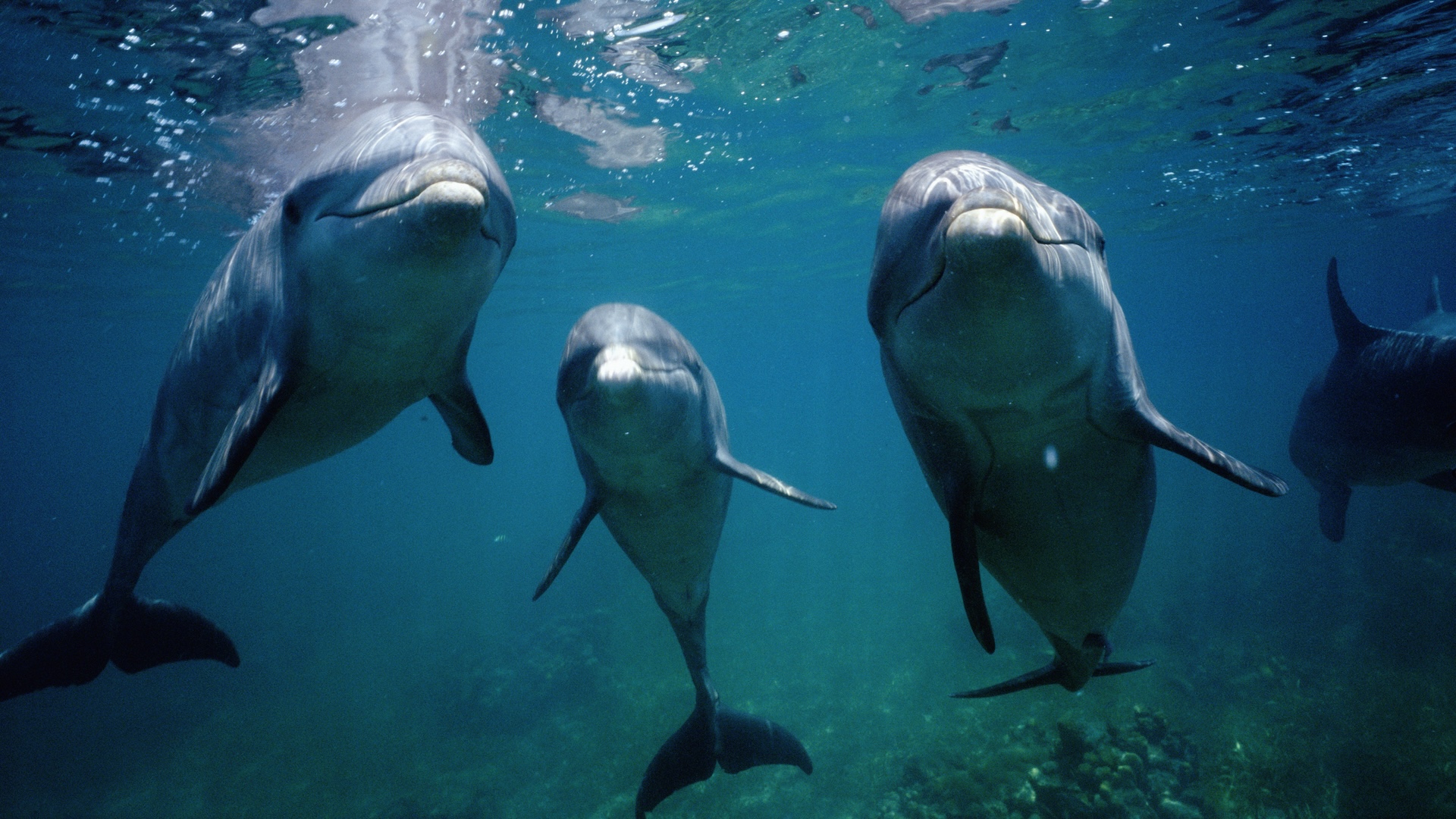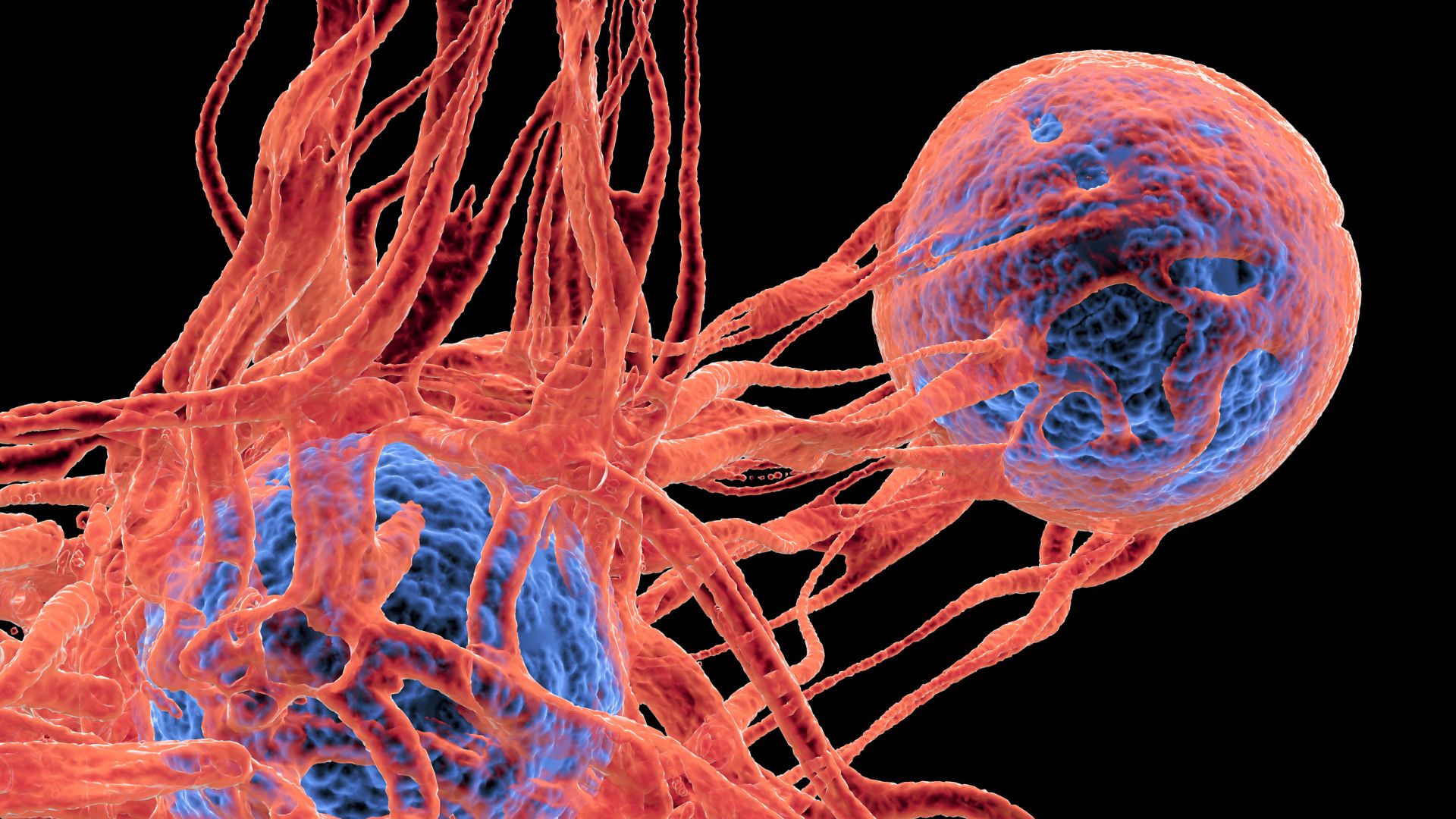Bears: Facts about the furry omnivores that live in many parts of the world
Discover interesting facts about the different types of bears and learn why not all bears hibernate.
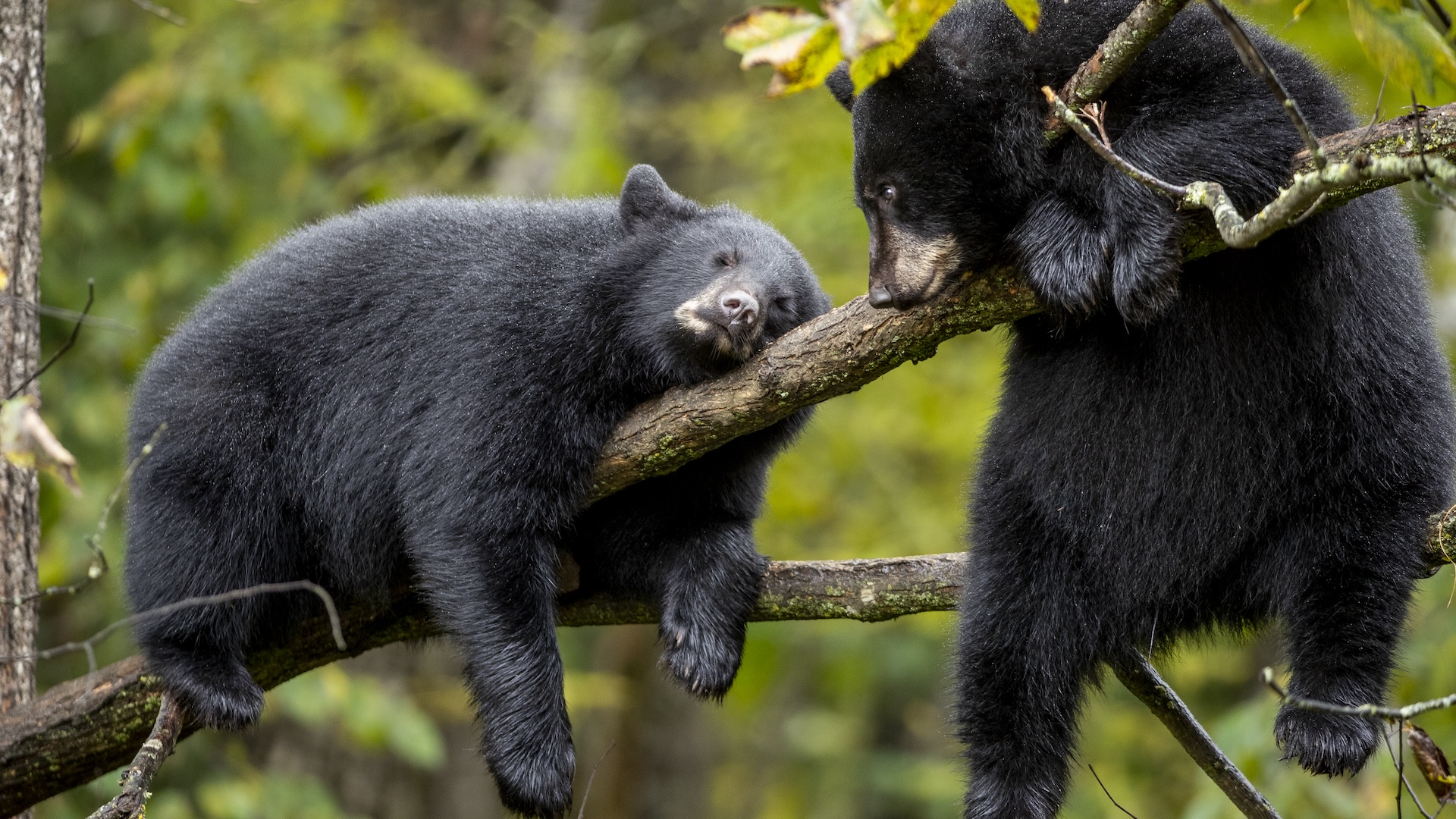
Where they live: The Americas, Europe and Asia
What they eat: Plants, fish, bugs and small mammals
How much they weigh: From as little as 60 pounds (27 kilograms) to more than 1,700 pounds (771 kg)
Bears are a type of mammal that can be found in many parts of the world. From the tiny, silly-looking sun bear to the iconic polar bear, these animals are specially adapted to different environments, including forests, mountains, icy tundra, deserts and swamps. Though there are different types of bear, all bear species have similarities. They all have stocky, fur-covered bodies; short legs; and a round head with a long snout. Whether the word "bear" makes you think of a fierce predator or a cuddly stuffed toy, there's plenty to discover about the science behind this diverse group of mammals.
5 fast facts about bears
- Panda bears poop 40 times per day.
- When they're first born, bear cubs weigh less than 2 pounds (0.9 kg).
- Bears that snack on honey have thick skin and fluffy fur that protects them against bee stings.
- Because polar bears spend so much time on the water, they're classified as marine mammals.
- Bears have a great sense of smell that helps them sniff out food.
Everything you need to know about bears
What are the different types of bears?
There are eight species of bear: the American black bear, Asian black bear, brown bear, panda bear, polar bear, spectacled bear, sloth bear and sun bear.
Some of the most famous types of bear are actually subspecies. Grizzly bears, for example, are a subspecies of brown bear found in parts of North America. There are many different subspecies of brown bear found all over the world, from Kodiak bears in Alaska to the Syrian brown bear in the Middle East. These bears can look quite different from each other, with distinct coat colors and body sizes.
The biggest type of bear is the polar bear. On average, polar bears weigh about 1,150 pounds (521 kg) and stand about 9 feet (2.7 meters) tall on their hind legs. The heaviest recorded polar bear was 2,210 pounds (1,002 kg). If you consider subspecies, the Kodiak bear generally matches polar bears' size, but some individual Kodiak bears have grown even more massive. The biggest-ever Kodiak bear was a giant named Clyde at the Dakota Zoo. At his heaviest measured weight, he was a whopping 2,130 pounds (966 kg) — about as heavy as a small car.
The smallest bear species is the sun bear. These tiny bears weigh only 60 to 145 pounds (27 to 66 kg), and are only 4 to 5 feet (1.2 to 1.5 m) tall standing on their hind legs.
Where do bears live?
Bears can be found in many different climates all over the world.
Brown bears are found in more places than any other bear species. They live in northwestern North America, Europe and parts of Asia.
American black bears live only in North America, and spectacled bears are found only in South America. Asian black bears and sun bears are found all over Asia. The sloth bear also lives in Asia, particularly in India, Nepal, Bhutan and Sri Lanka.
Polar bears and panda bears are some of the rarest types of bears. Polar bears are found only in icy parts of the Arctic, and pandas live only in wet and cool bamboo forests in China.
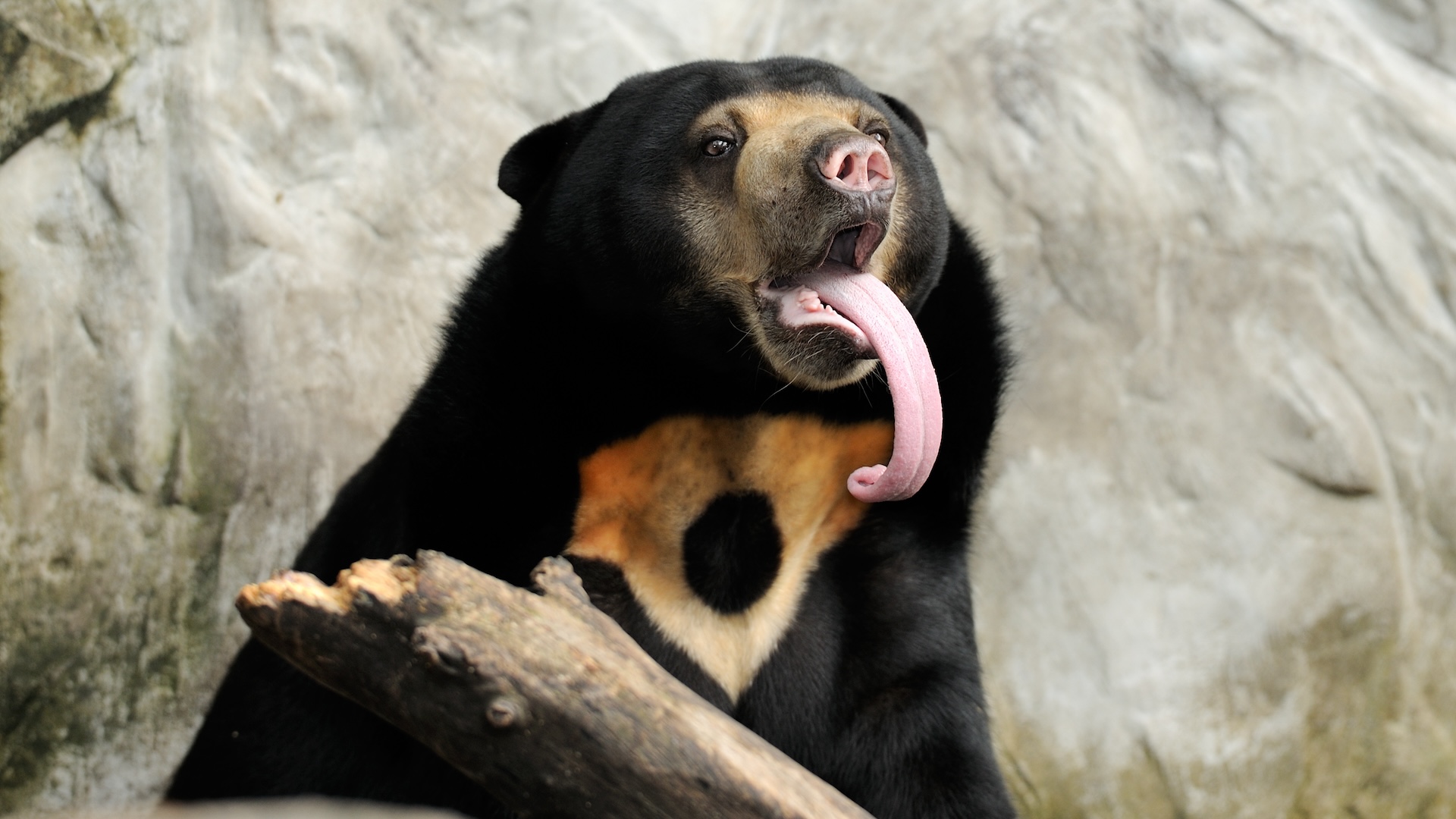
Sun bear
Sun bears are the smallest bear species.
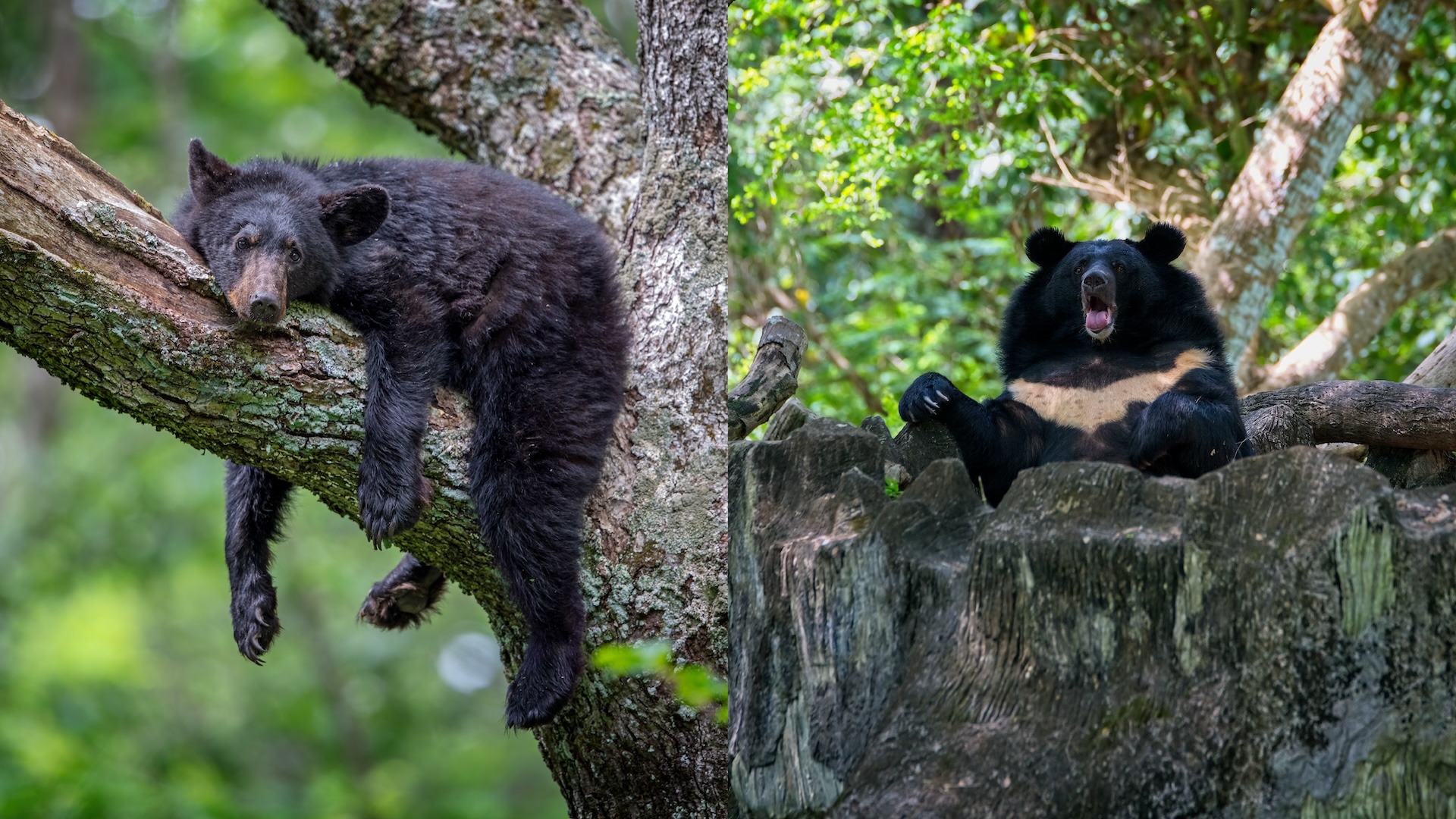
American black bear and Asian black bear
There are two species of black bear: the American black bear (left) and the Asian black bear (right).
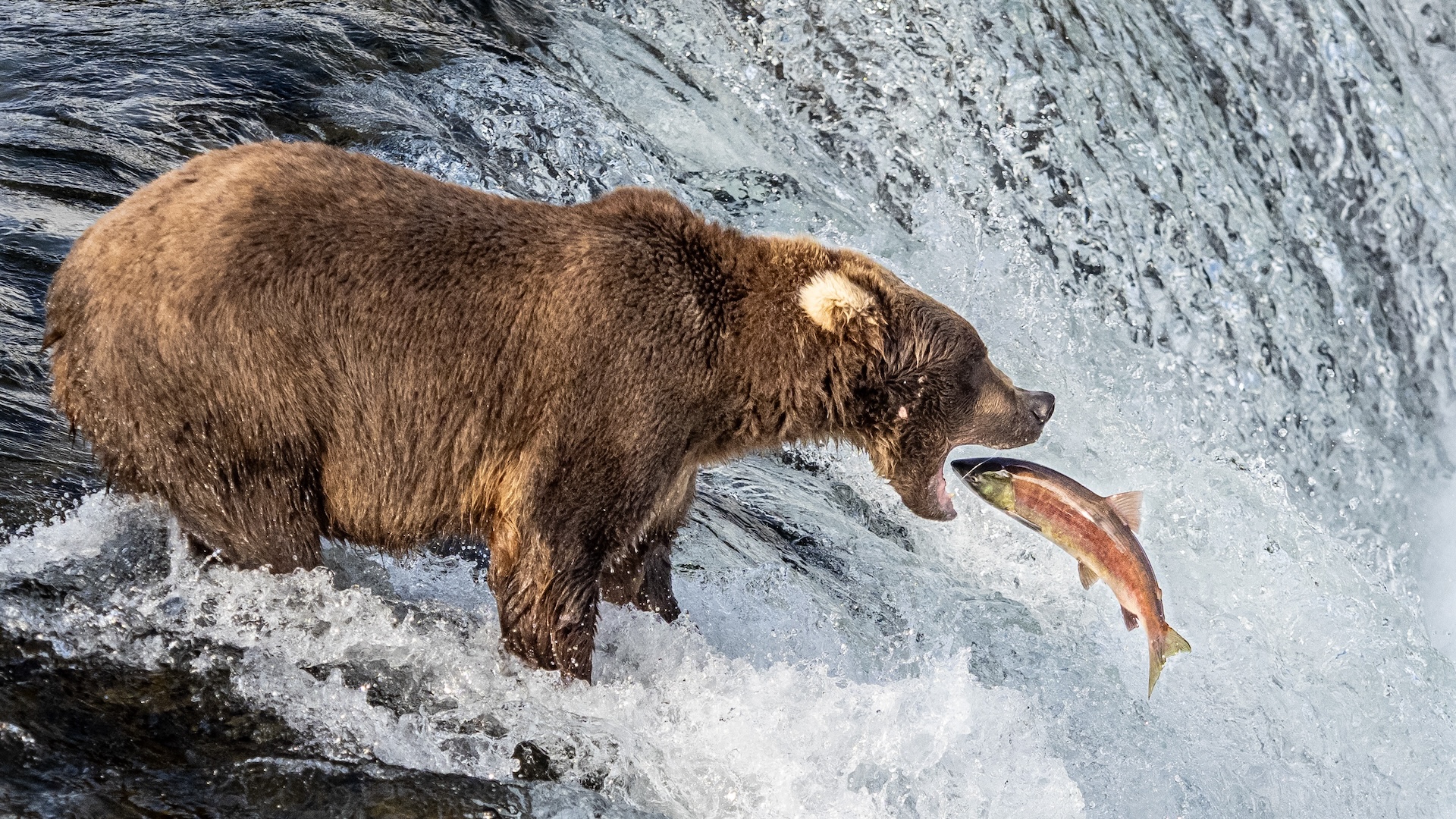
Brown bear
North American brown bears hunt salmon during their upstream migration.
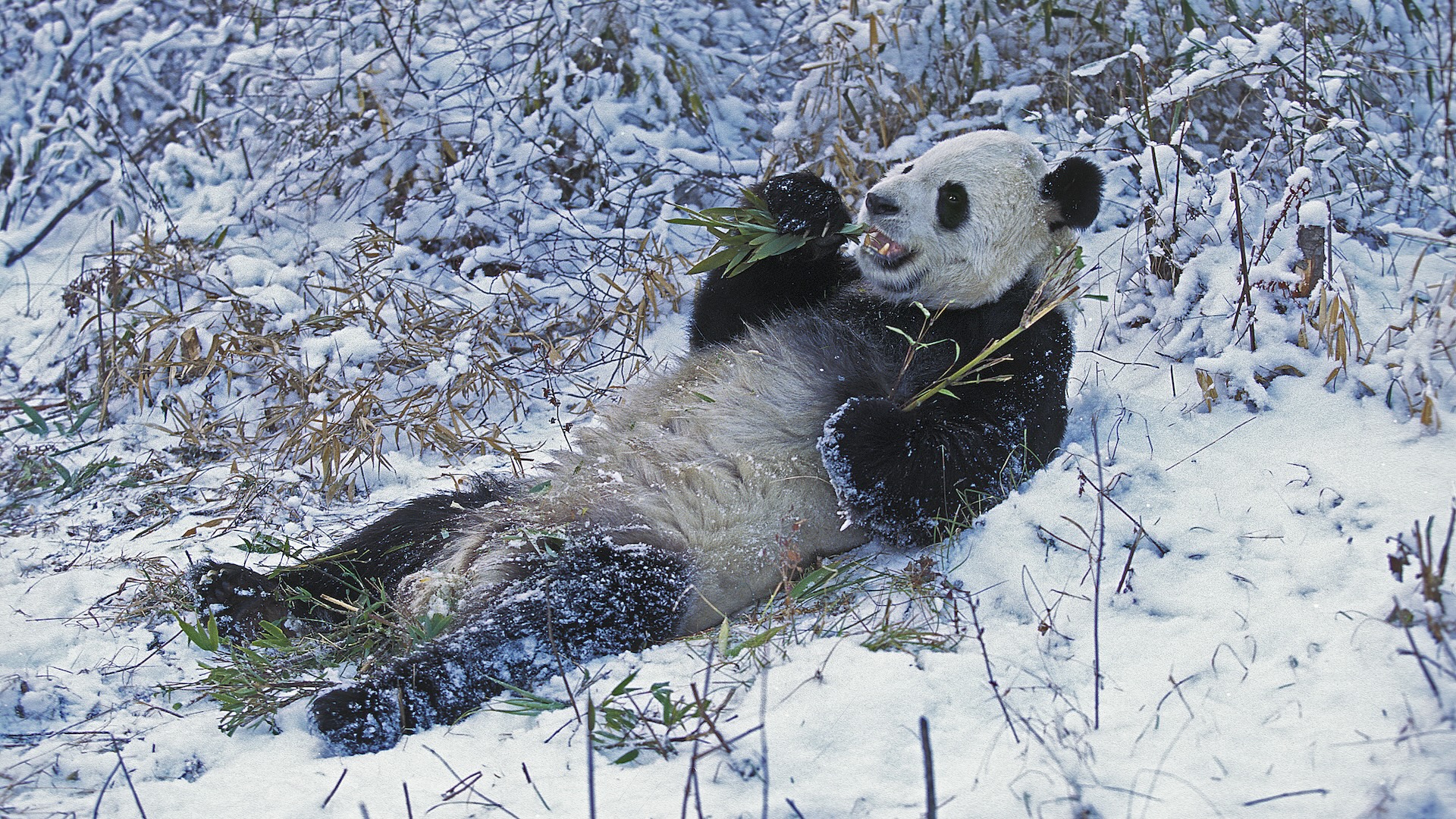
Panda bear
Panda bears' black-and-white coloring helps them blend into snowy environments.
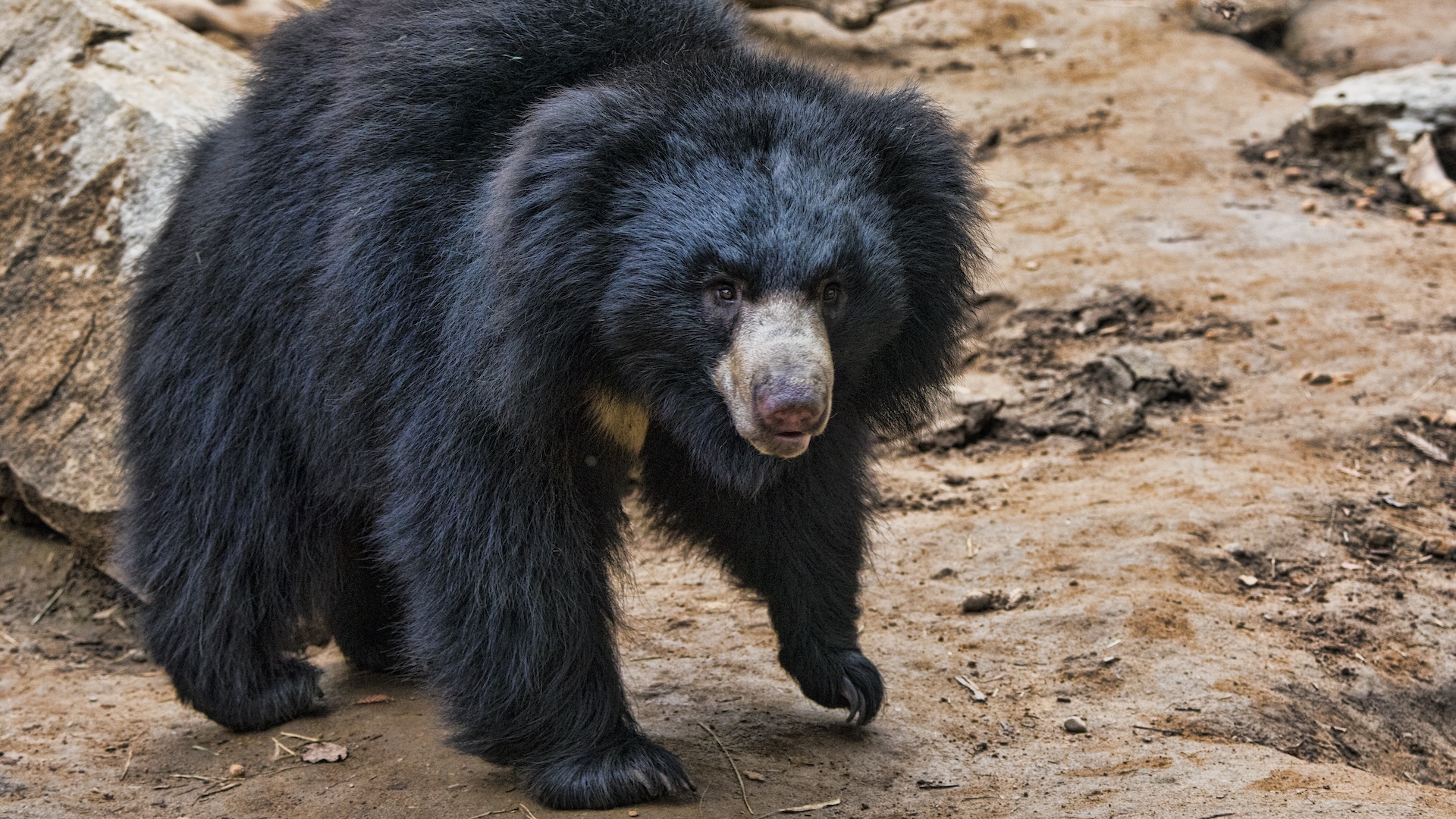
Sloth bear
Sloth bears use their long, curved claws to dig for ants and termites.
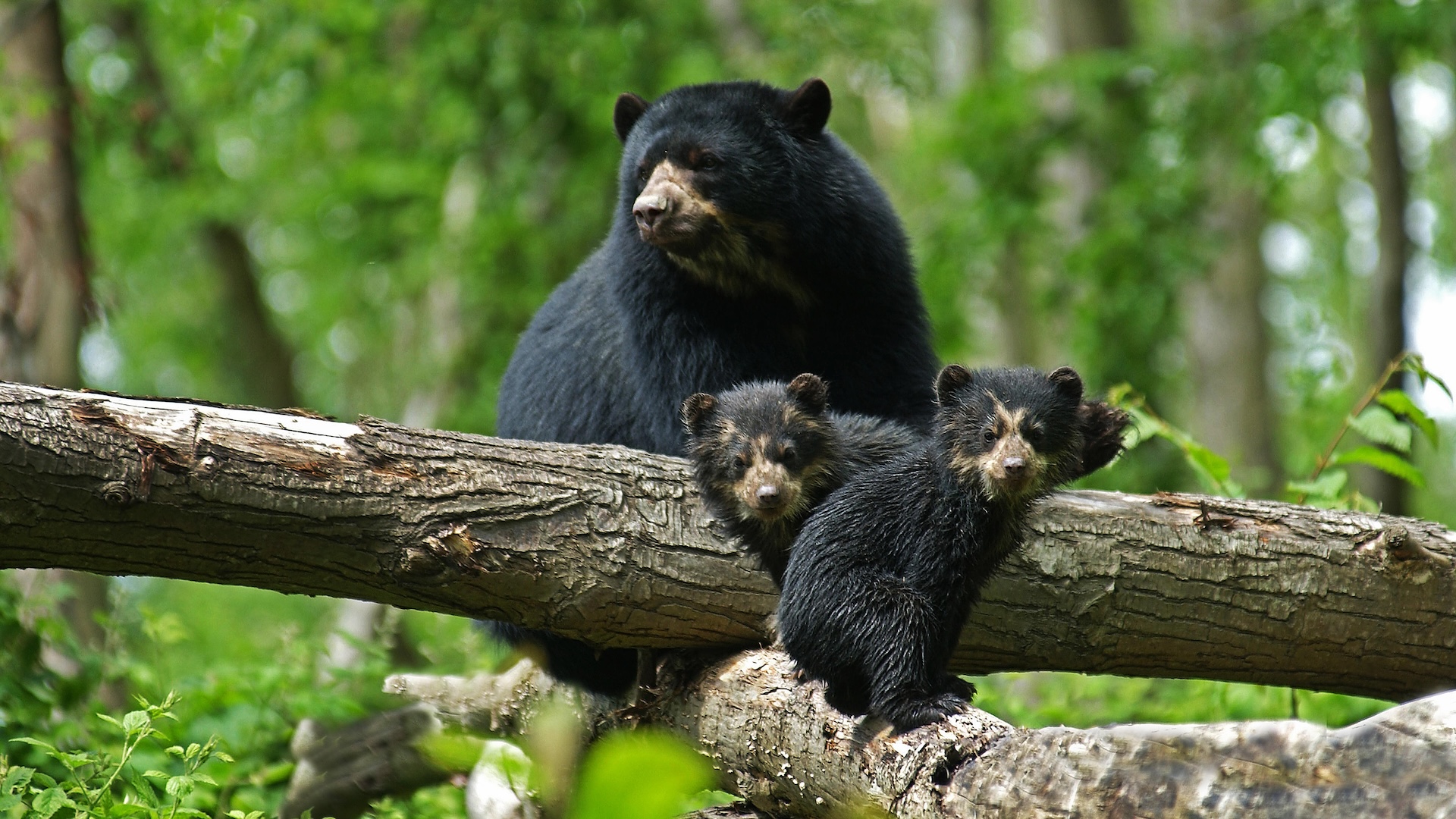
Spectacled bear
Spectacled bears are native to South America.
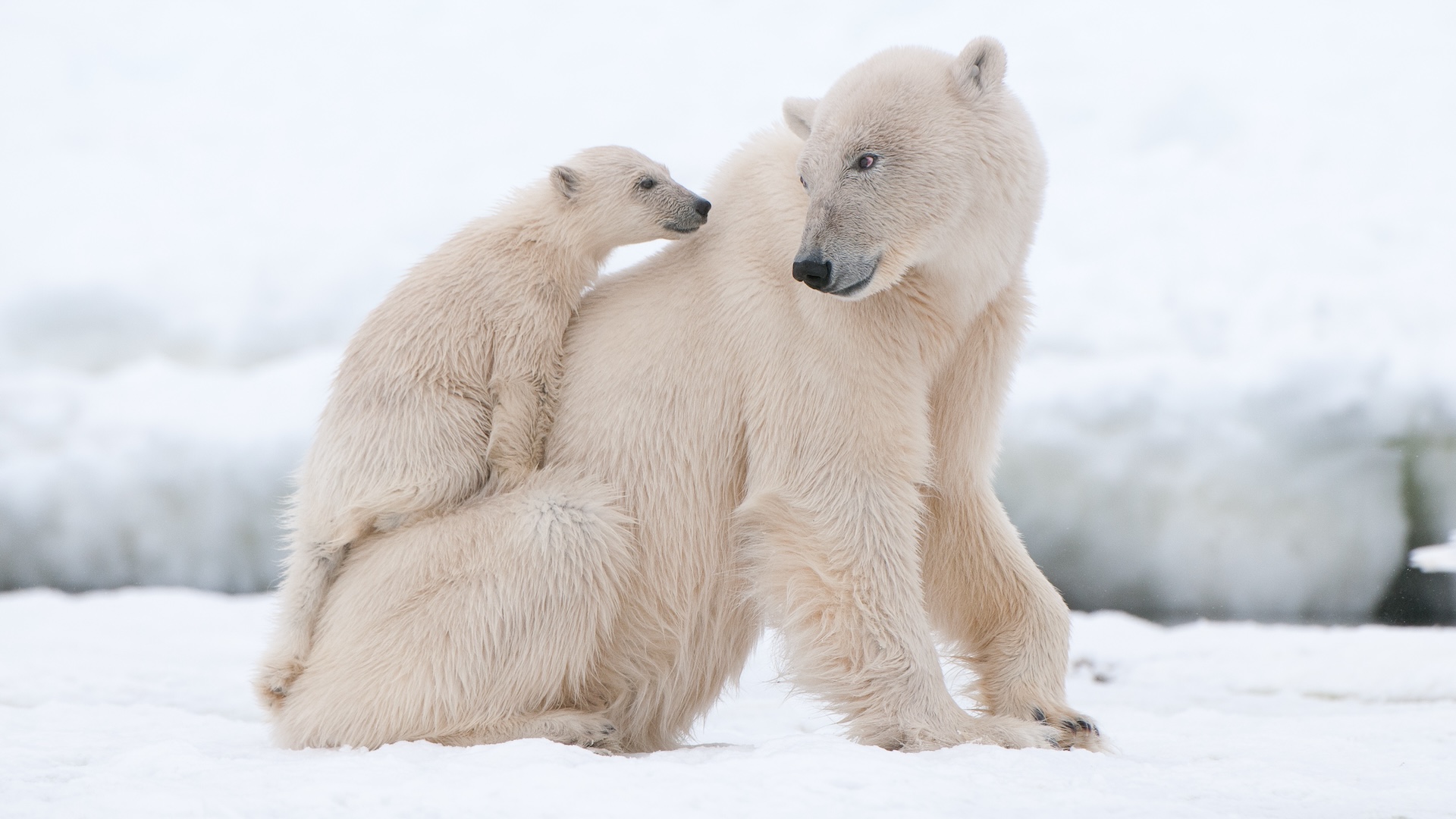
Polar bear
Polar bears are the largest species of bear.
Why do bears hibernate?
Many bears in the Northern Hemisphere hibernate when the weather is cold and food is scarce. Hibernation is a deep sleep that allows a bear to live without food for long periods of time. Bears hibernate for different amounts of time depending on how cold it is. For example, brown bears in northern Alaska hibernate longer than brown bears in regions farther south.. During hibernation, a bear's body temperature drops slightly, its heart rate slows, and its body uses stored fat to stay alive.
When they hibernate, bears' bodies avoid breaking down the protein in their muscle, so they don't lose too much strength. During this time, bears don't need to eat or drink, and they pee and poop rarely or never. Bears aren't completely immobile all winter, though. They slowly shift positions every now and then to conserve warmth and prevent sores from forming.
Many bear species don't hibernate at all. Sun bears, panda bears, sloth bears and spectacled bears live in environments where food is plentiful year-round, so there's no need for them to save energy in the winter. Wintertime also provides plenty of hunting opportunities for polar bears, so they don't hibernate, either. However, pregnant polar bears do dig dens to prepare for the birth of their cubs. They spend most of their time in the den and rely on their body's fat stores for energy, but they are not in a true state of hibernation.
What do bears eat?
Bears are omnivorous, meaning they eat both plants and meat. Each bear species has some favorite foods, though. For example, polar bears eat mostly seals, and pandas spend 10 to 16 hours per day eating bamboo. Termites are the primary food of sloth bears, which have long noses that allow them to suck termites from their holes.
More bear pictures
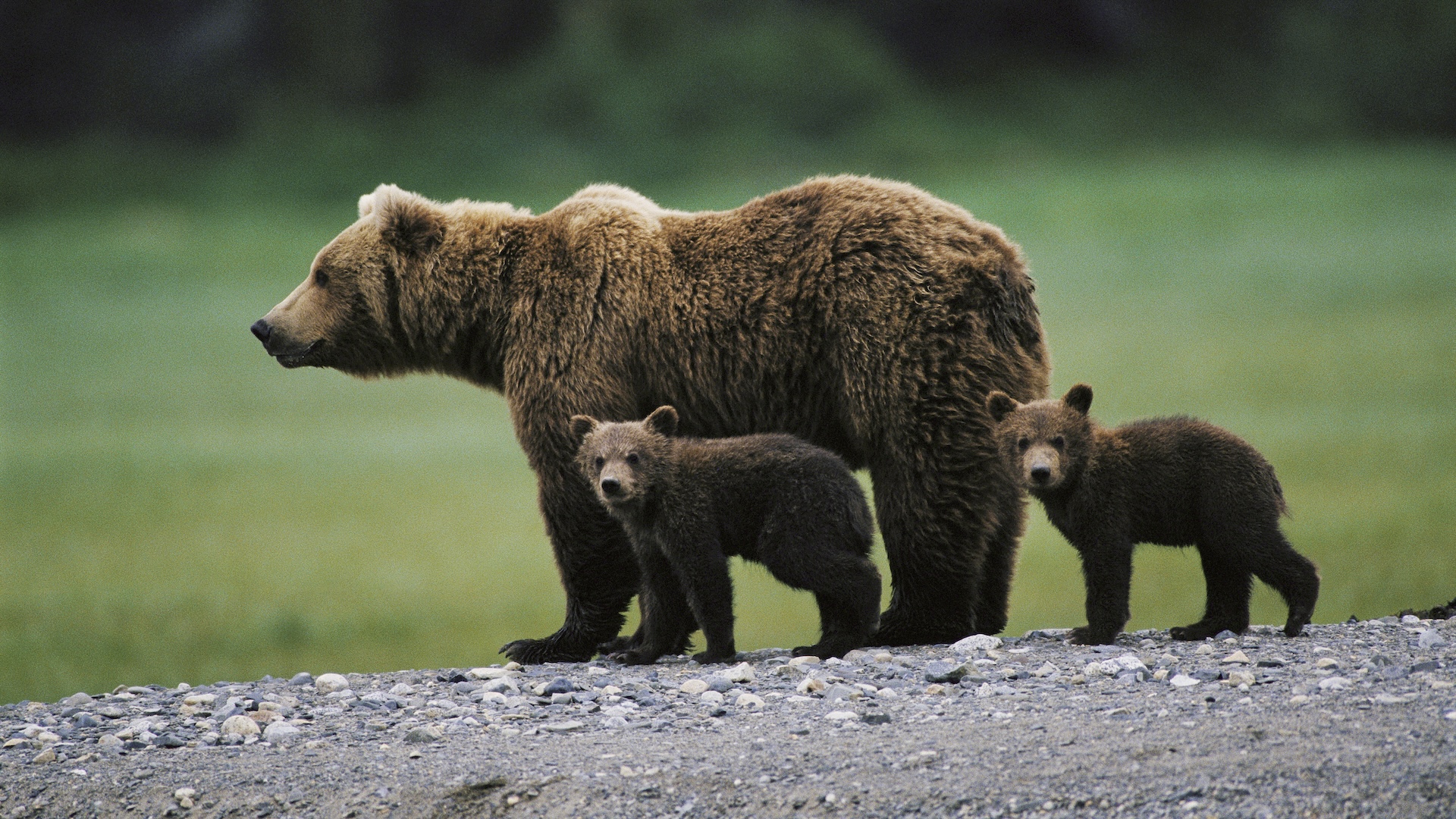
Bear cubs
Bear cubs are helpless when they're born, and their mother helps raise them and keep them safe.
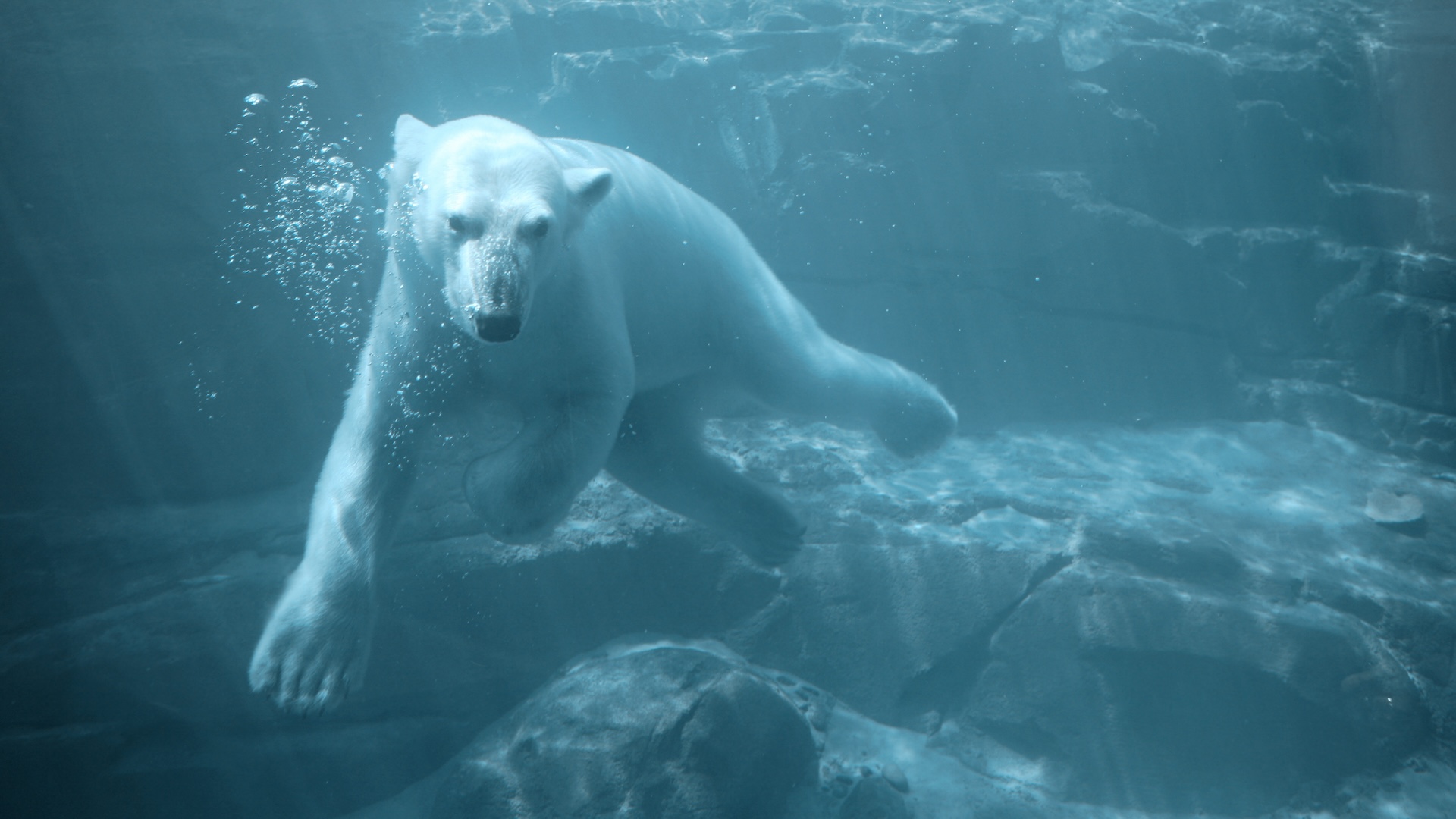
Polar plunge
Bears are known for their swimming skills.
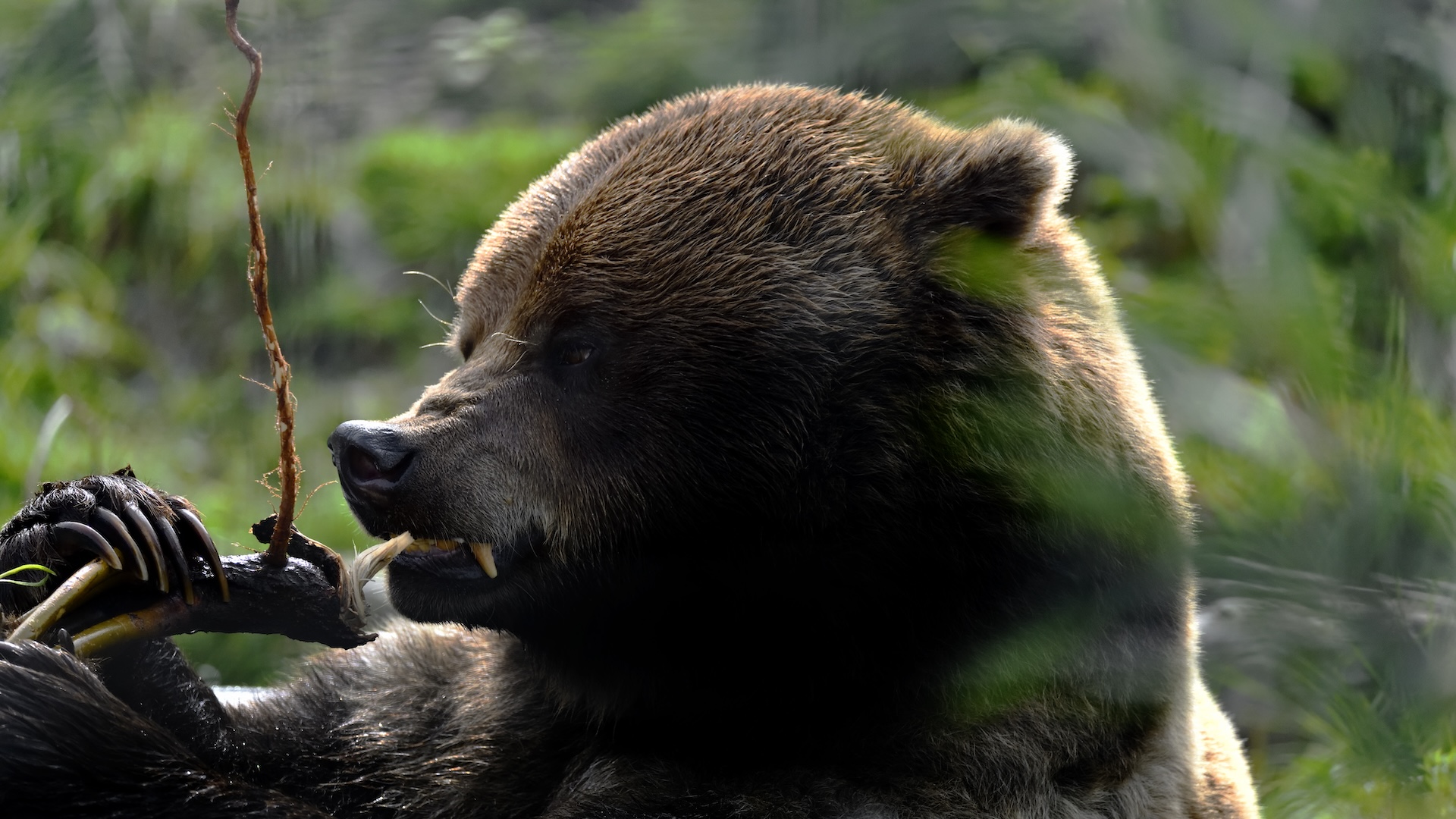
Fingers and fangs
Bears have long, sharp teeth and claws that they use to get food.
Discover more about bears
—Polar bears: The largest land carnivores
—Black bears: The most common bear in North America
Sign up for the Live Science daily newsletter now
Get the world’s most fascinating discoveries delivered straight to your inbox.

Marilyn Perkins is the content manager at Live Science. She is a science writer and illustrator based in Los Angeles, California. She received her master’s degree in science writing from Johns Hopkins and her bachelor's degree in neuroscience from Pomona College. Her work has been featured in publications including New Scientist, the Johns Hopkins Bloomberg School of Public Health magazine and Penn Today, and she was the recipient of the 2024 National Association of Science Writers Excellence in Institutional Writing Award, short-form category.
- Alina BradfordLive Science Contributor
You must confirm your public display name before commenting
Please logout and then login again, you will then be prompted to enter your display name.
